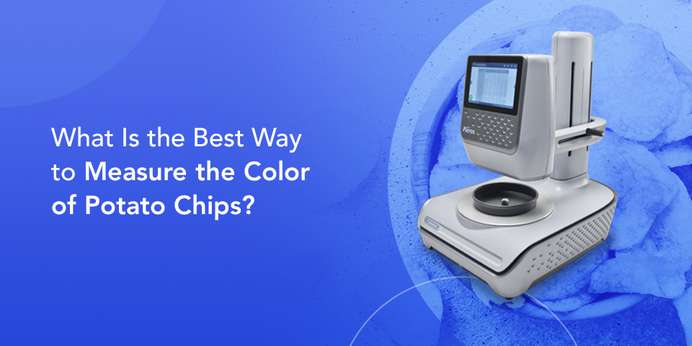
No matter how potato chip manufacturers distinguish their offerings, they share common challenges — accurately measuring color on irregular, non-flat surfaces and shapes. Variances in seasoning characteristics, opacity, translucence, consistency, and texture only add complexity to the task. Understanding the key role color plays in this industry and the best way to measure it on potato chips will help your facility improve its products and workflows.
The Importance of Potato Chip Color Measurement
Accurately measuring color data in potato chips is critical for several reasons:
- Customer perception: Consumers directly correlate color with both flavor and quality. If they notice inconsistencies, they'll be more likely to choose a different brand with more color uniformity.
- Ingredient variability: Potatoes differ widely in their composition, from sugar, starch, and moisture content to flesh and skin colors or blemishes. Measurement helps ensure you're meeting standards even with these natural variations that can impact the final colors.
- Quality assurance: Taking color measurements at each production stage is a proactive step toward limiting waste. The data reveals where adjustments are necessary to support higher quality.
- Product development: Color measurement helps manufacturers understand how ingredients and processes can alter colors when introducing new flavors or changing production techniques.

